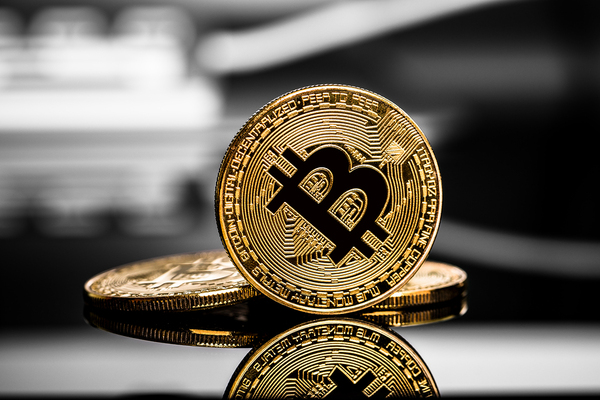
“Blockchain” is on the verge of becoming a meaningless buzzword. Everybody wants to add blockchain to everything, like a hot new vegetable or dish that seemingly turns up on every menu anywhere you eat out. But, much like there’s a valid reason to put kale and bacon in pretty much everything, there’s also a reason blockchain is everywhere. Or, more specifically, there’s a reason tokenless registers are everywhere.
A tokenless register is simply a blockchain with no altcoins attached to it, usually implemented with a software program all parties involved have agreed to use. Let’s say for example that you’re about to send an email, and you and your lawyers may want to know who sees that email. You might use a tokenless register program that automatically creates a register of not just the email you send, but who sends that email on, who opens that email and who doesn’t, and who replies to that email. That way, you have a custody chain for the document, so if you have to know who had it when, you can just look it up.
Tokenless registers are intriguing technology for exactly this reason, although they sometimes are applied to obscure problems. It’s likely that in the future, you’ll keep coming across them for work, for certain aspects of home, and possibly even behind the scenes of places like retail stores. It’s a good reminder that while altcoins can be an experiment, the technology behind them has merit on its own. To learn more about tokenless registers, blockchains, and altcoins, subscribe to Bitcoin Market Journal!

